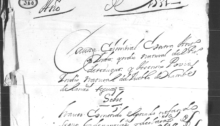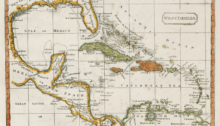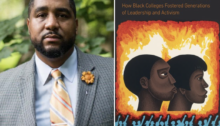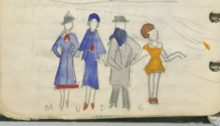Traveling “Far and Away” in American History: Using a Movie to Tackle the Mid-Semester Slump
I am not sure about all of you, but mid-semester is rough for me. I am exhausted, my students are tired, and I find the Fall semester particularly difficult because of the holiday season. A few years ago, I introduced a movie into my American History survey curriculum to give my students a break from…










